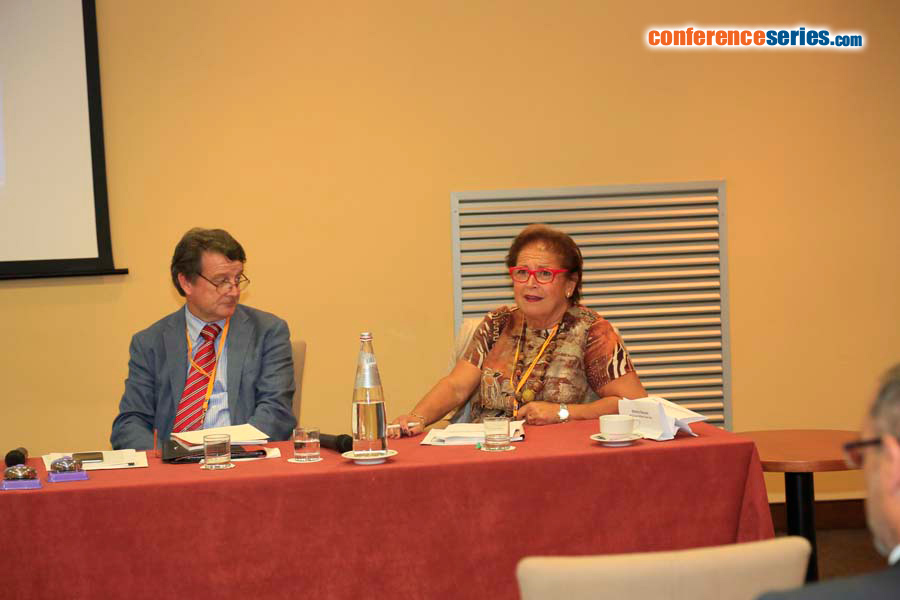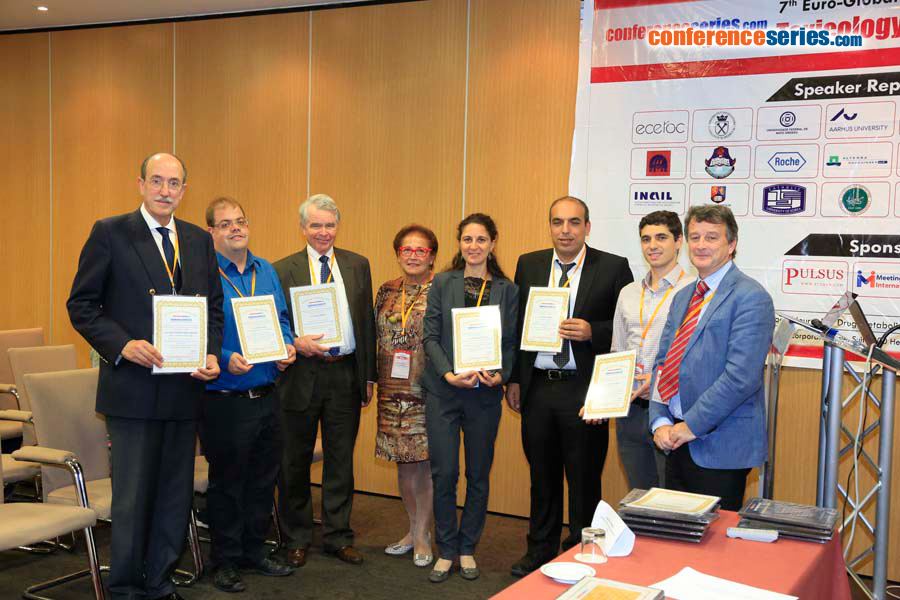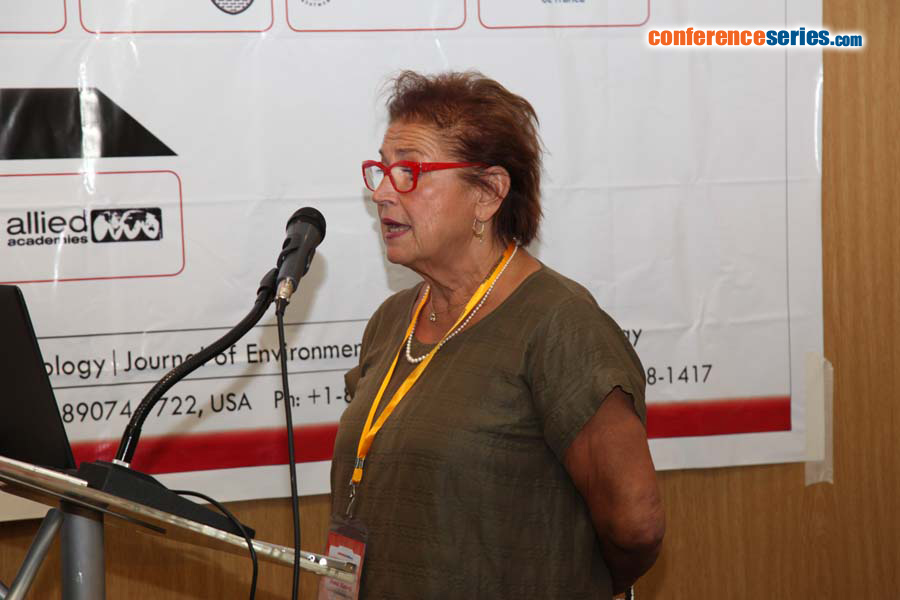Vesna Matovic
University of Belgrade, Serbia
Title: Co-treatment with PCBs potenciates Cd nephrotoxicity
Biography
Biography: Vesna Matovic
Abstract
The nephrotoxic eff ect of cadmium (Cd) and polychlorinated biphenyls (PCBs), as widely spread toxic environmental pollutants that enter food chain and pose risk to human health, was investigated and compared with Cd—agent of wellknown nephrotoxicity. Six groups of rats were receiving 0.3, 0.6, 1.25, 2.5, 5 or 10 mg Cd/kg b.w./day as aqueous solutions of CdCl2, while nine groups were treated with diff erent dose combinations of Cd and PCBs, as Aroclor 1254 dissolved in corn oil, (1.25, 2.5 or 5 mg Cd/kg b.w./day with 2,4 or 8 mg PCBs/kg b.w./day). Two groups receiving only water or corn oil served as controls. Treatment of all animals was performed by oral gavage and lasted for 28 days. Cadmium levels were determined in blood and kidneys. Urea and creatinine in serum and relative kidney weight were determined. Blood and kidney Cd levels in groups treated with Cd only as well as in co-treated groups were signifi cantly higher if compared with controls, although PCBs did not exert significant eff ect on Cd content. Urea levels were signifi cantly higher in rats treated with all combinations of Cd and PCBs if compared with groups treated with Cd only, while only highest dose of Cd combined with diff erent doses of PCBs resulted in higher creatinine levels and relative kidney weight. Synergistic interactions between Cd and PCBs have been proven for urea levels indicating more profound nephrotoxic potency of this mixture when compared to Cd induced eff ect on kidneys.






